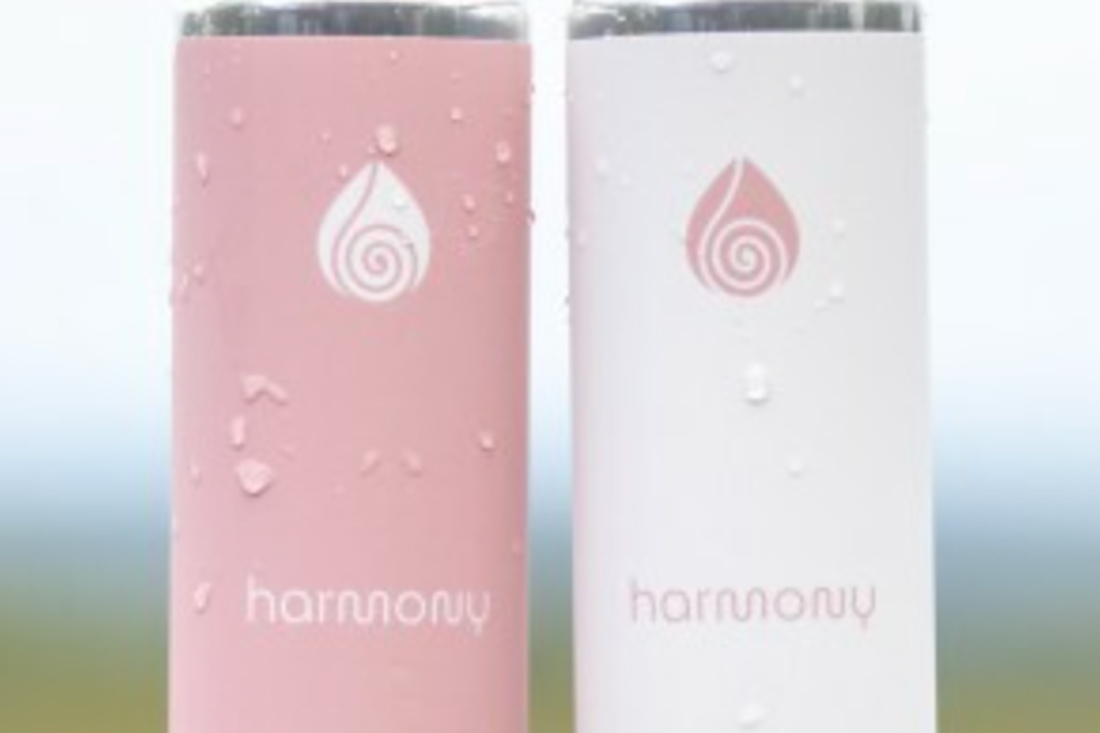The U.S. became the world’s largest wine market after surpassing traditional powerhouse France around a decade ago. Despite Americans’ growing affinity for wine, only 1% of U.S. wineries are Black-owned, indicating a significant lack of diversity within the industry.
Among the enterprises making a name for Black representation in winemaking is Harmony Wine, founded by Matt Harmon. The company is based in Charlottesville, Virginia, which is in a region known as the “Napa Valley of the East Coast” due to the abundance of wineries.
Harmon first developed an interest in wine and gastronomy through his father, an avid cook who taught him about which wines to pair with certain foods. The founder’s enthusiasm grew from there.
“After I got into cooking, I started to go to wineries and wine bars, exploring various food-wine pairings,” Harmon says. “I fell in love with the whole process and how the relationship between my favorite foods and wines elevates the dish to a whole new level.”
But he found that his friends didn’t share his passion for wine. They often declined his invites to accompany him on his winery visits because the activity wasn’t seen as cool among those in their age group. Harmon also saw that many young people were hesitant to buy wine due to the misconception that it is something complicated or overly sophisticated.
This inspired the founder to make wine more approachable for a younger demographic, thus leading to Harmony Wine’s introduction of two new canned products: White Blend and French Rosé.
The White Blend features a mix of two white wines—Rkatsiteli and Viognier from Virginia, which combine to offer a crisp refreshing taste of mineral and tropical notes with an acidic finish. Harmon recommends pairing it with shrimp tacos, ceviche, carbonara or white pizza with ricotta cheese and sausage.
The French Rosé is a Provence Cabernet wine with a slight acidic taste, notes of apricot, strawberry and raspberry and a smooth finish. Harmon says the wine pairs well with fish tacos, a white pasta or a light chicken dish.
Both products come in four-can packs of 8.6 oz. (250 ml) each, with shipping available in 39 states.
Besides appealing to younger consumers, Harmon’s move to introduce canned wines has benefited his business in other ways. People can now enjoy his wines at places where glass bottles are typically not allowed, such as beaches, golf courses, pools and spas. Additionally, global supply chain issues caused a shortage of glass bottles, making cans a wonderful packaging alternative for Harmony Wine.
According to Harmon, the response to his canned wines has been positive, even among older age groups, thanks to the flexibility these products bring. Many of his customers like drinking one glass at a time—either as a toast or with a meal—and people generally don’t want to open an entire bottle of wine unless they can finish it within the same day. Also, offering wine in a can makes it easier for customers to sample the product, preventing them from wasting a bottle if they find that it’s not to their preference.
“I want more people to know that they can enjoy wine any way they want it,” Harmon says.






